McIntosh and Jeff Rowland
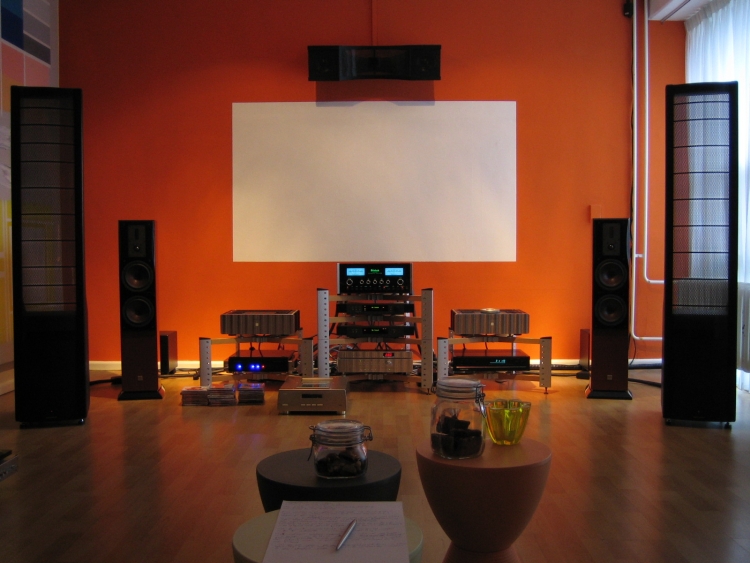
McIntosh MA6900 compared with Jeff Rowland Synergy 1 and model 6
How do the products of these two companies with entirely different philosophies compare?
Most obvious is the difference in appearance: solid blocks of aluminum for Jeff Rowland versus a mixture of steel plate and glass for McIntosh. Inside the difference also could not be larger: minimalistic inside the Rowlands versus mega circuit boards and wires galore inside the Mac. In spite of their obvious differences, both amps are silent and distortion-free and sound smooth and highly musical and although there are definite sonic differences, both sound very nice, and that’s why I wanted to share my feelings about the products of these two brands.
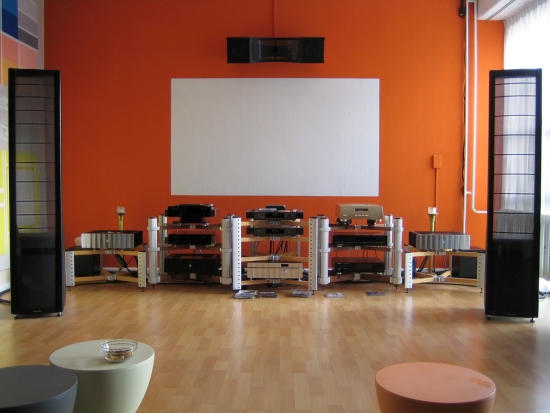
Above: the system prior to major simplification
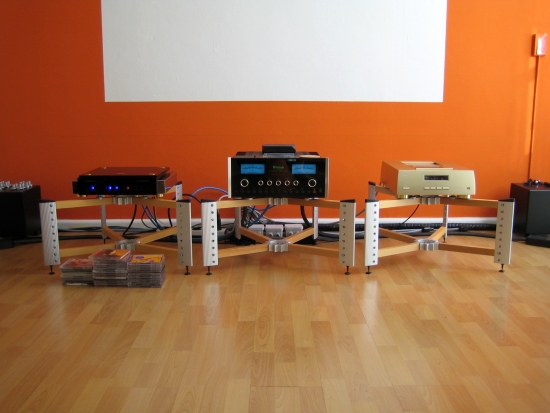
Above: after simplification
Almost sold
The big Mac was purchased in an effort to slim down my system, removing the Jeff Rowland Synergy preamp and Model 6 monos, to be replaced by the single MA6900. Keeping it company would be only the CEC TL1x CD transport and Audiomeca Enkianthus DAC. I had already set the Rowlands aside while playing with the Mac and had a buyer for the Rowlands. Prior to his arrival I reconnected the Rowlands so that he could hear them before buying. The incredible thing is that while I was listening to my old combo with renewed ears, they really started to grow on me again, to the point where I was seriously doubting if I should still sell them! As fate would have it, the buyer did not show up and called hours later that he couldn’t make it and so I was saved from a potential mistake.
Rowland
Jeff Rowland deviates most in the positive sense by being more transparent and having better low-level resolution with clearer focus. Also its soundstage is more distinctly layered and there’s a more open, arier treble. Jeff Rowland components always have a very fluid and organic sound, which in case of the Synergy 1 and model sixes is combined with a fast and open, agile quality.
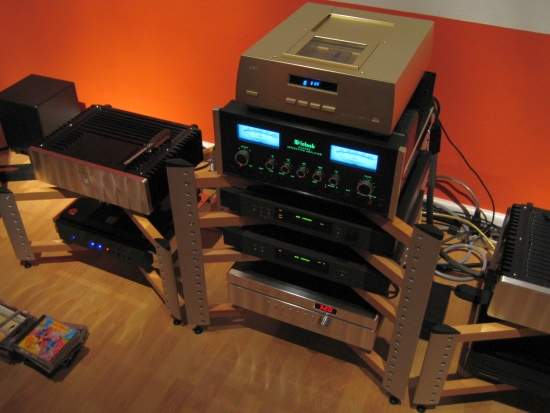
McIntosh
McIntosh in turn deviates most in the positive sense by sounding more powerful and sonorous, with a very natural and appealing timbre. The Mac’s bass may be somewhat fatter than the Rowland’s, but that is only for the better, aiding the Logans in sounding more voluptuous. And don’t get this wrong: its bass is definitely not woolly or slow, just bigger than the Rowland’s, which in case of the model six monos is tight and articulate but somewhat on the lean side anyway.
Warm up
One should take note that while the Rowland combo sounds pretty great from the start (the Synergy and sixes are always on, and the power amp bias is only lowered in standby), the big Mac sounds powerful and convincing from the start but needs 30 minutes to start sounding amazing. Only then will it show its superb continuousness and combination of organic fluidity and ballsy grip on the speakers. When warmed up, the Mac sounds smooth, big and inviting, and is so good that one almost forgets to tune in to the details.
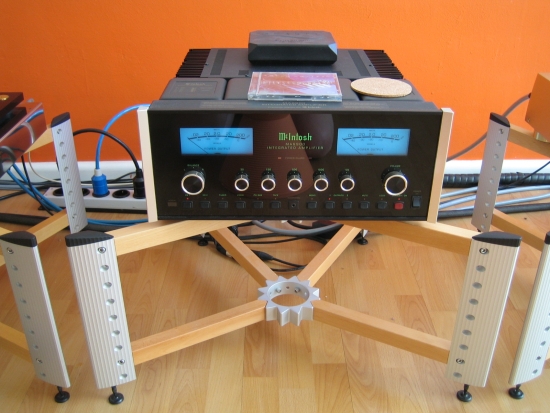
Conclusion
In my view, the Rowlands don’t have any blatant negatives, but they can be improved in certain areas. The Mac made it very clear that music can sound more visceral, beefier and more powerful, without taking on the obvious downside of a typical muscle amp. However, the Rowlands remain masters of low-level detail and treble resolution, fluidity and air.
From memory, I’d say that the MA6900 takes some of the Bryston 7BST’s qualities and adds organic flow and some bloom to it. This is certainly not meant as talking down the Mac, as I have owned these Brystons and liked them a lot. I mention this so that one can hopefully better place the MA6900. I actually find the MA6900 to be mightily pleasing and if it wasn’t for its rolled off treble, I’d probably have kept it.
The Mac is so very pleasing in character that I would forgive it for being less finely resolved and imaging less clearly. But what did it for me, in the end, was its treble performance. No matter what setting the treble controls were set, there would always be a rolled-off quality to the treble. This is why I ultimately sold the Mac again, and not the Rowlands.
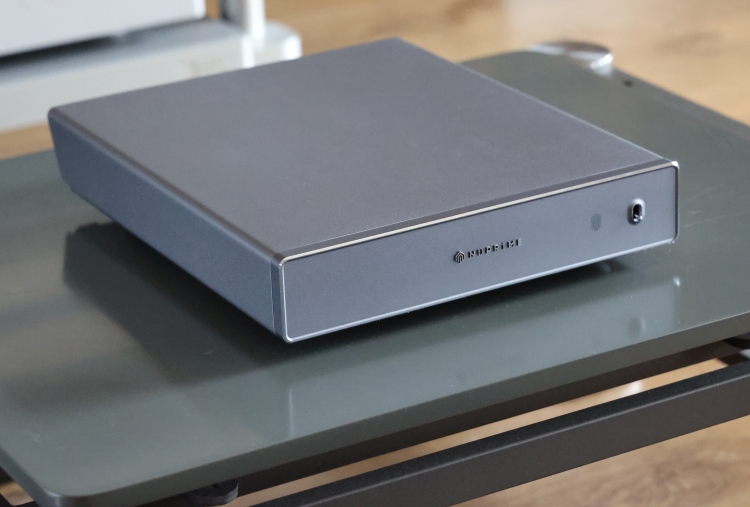
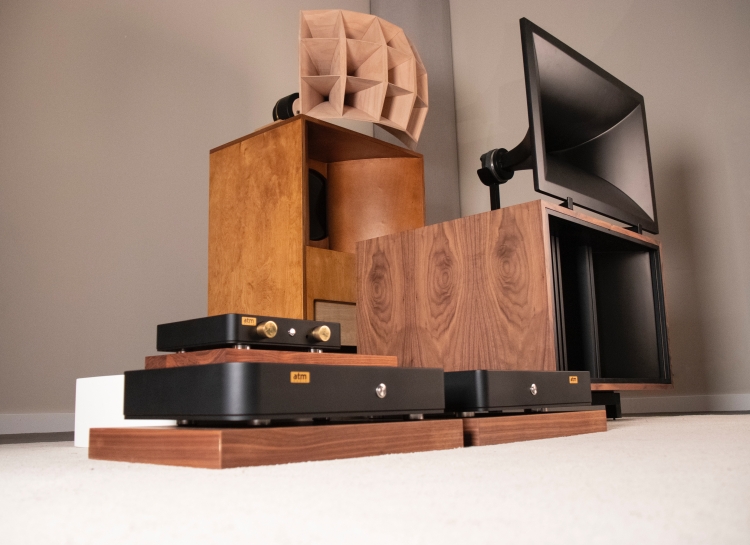
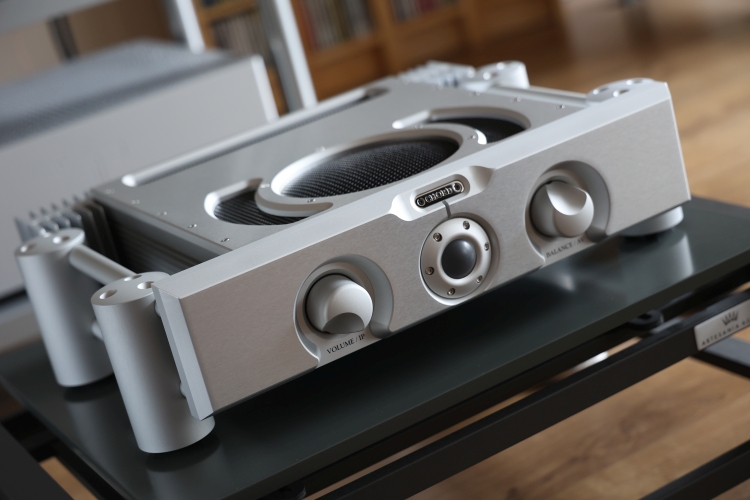
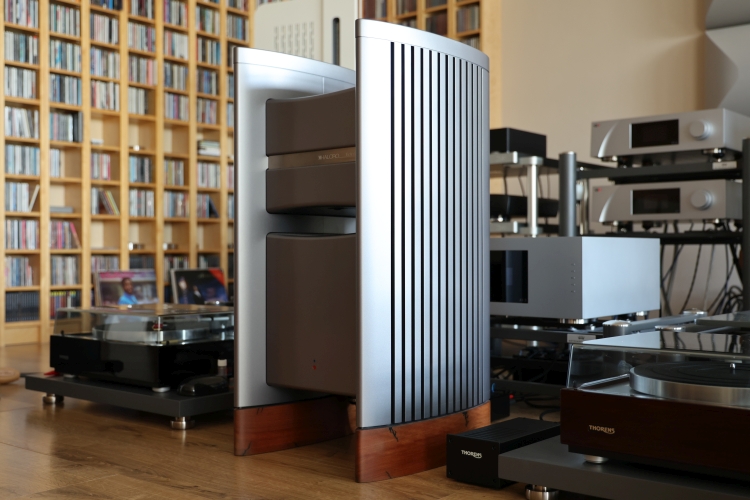
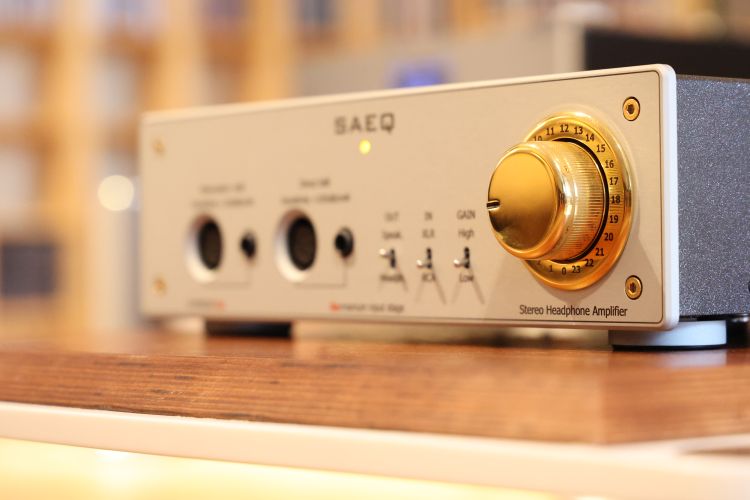
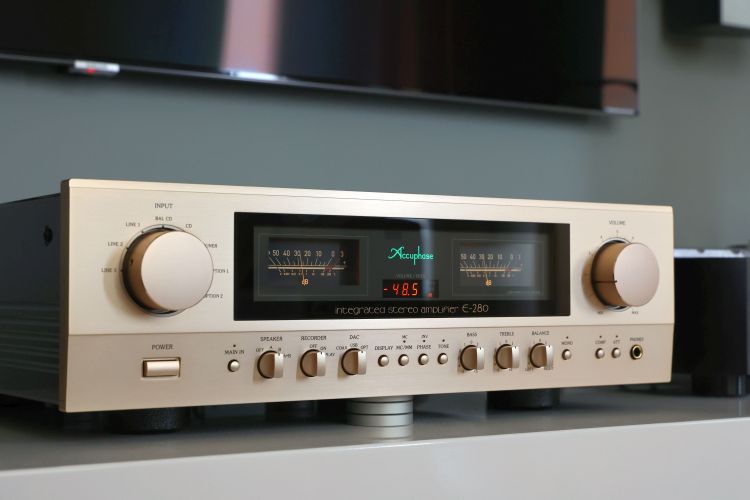
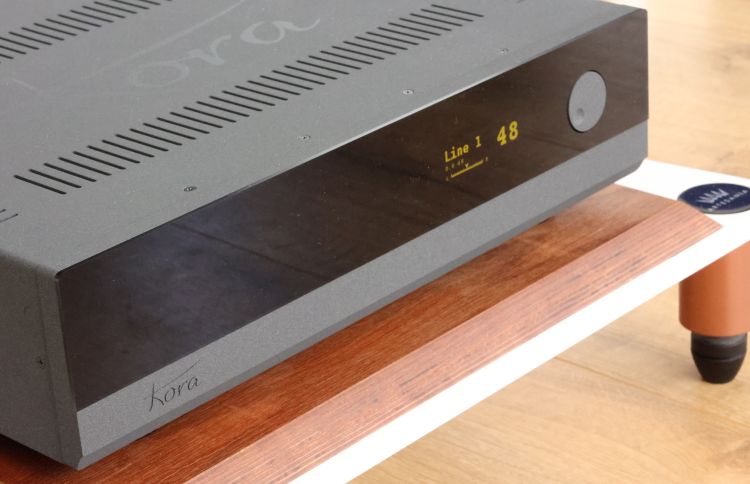
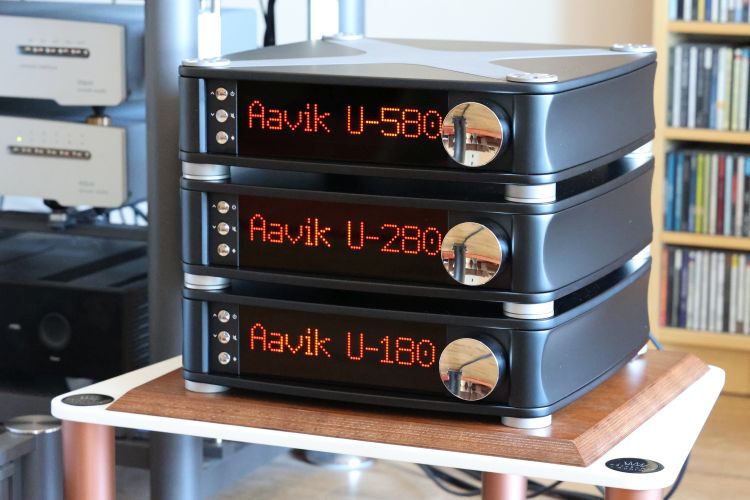
Hello,
My wife and I own the Martin Logan Expression 13A ESL and are seriously considering the new McIntosh MA-9500 integrated amplifier. I have read all of your amplifier reviews and I too appreciate highly resolved presentations. This piece would be an endgame piece for us as I am 74 and she is 69; no more upgrading perhaps the Hana Umami Blue for out Pro-ject RPM-10 carbon tt. Do you think 15 years later the top end is improved? I hope you review it if for no other reason than to evaluate progress.
Hi Christopher, I’ve not reviewed any later Mac models but based on conversations with friends who have, I have no reason to assume the brand has changed its house sound in the respects that matter most to me. Perhaps, the kind of treble air that I valued so much in the JRDG model 6 and model 10, and which is also in the CH Precision gear, may be less critical with a modern Martin Logan model. My Logans back then were quite old and relatively dark sounding. But if it’s high resolution you seek, then I don’t think McIntosh would be ideal. That said, I do think a Mac amp matches well with Martin Logan in terms of character. And perhaps the new model is more expressive than the 6900? I’m sorry but it is not very likely that I will review this amp and even if I do, I no longer have Martin Logan speakers to pair it with. But I’m thinking a class A/B Accuphase amp such as the E-480 could be a very good alternative.
Thank you very much for your immediate reply. I was looking at the Accuphase E-40000 with phono stage but even with the new distributor in the US the price is exorbitant; also looked at the Mark Levinson 285.5 and it too at 18k is too much; similarly the Boulder integrated and that is how I resigned myself to forgoing the highly resolute brands and amazingly at 12K the MA-9500 appears to be the value proposition. Will you be reviewing the Michi X5 Series 2 integrated? It retails for 8K and has a new DAC.
Hi Christopher, there are no amplifier reviews planned at the moment. If you like a tightly controlled and highly explicit sound then the AVM Ovation A6.2 may be a great option. It is even more controlled, detailed, and transparent than the Accuphases I heard and less costly. That, and it worked spectacularly well with the ESL11A. Of course, there are probably various other options out there but I have not heard them all:-)
Thank you for describing the sound of the AVM models; they received high marks in German Stereoplay Rang und Namen specifically the Ovation A 8.3
Thank you again.
Sincerely,
Christopher Frank